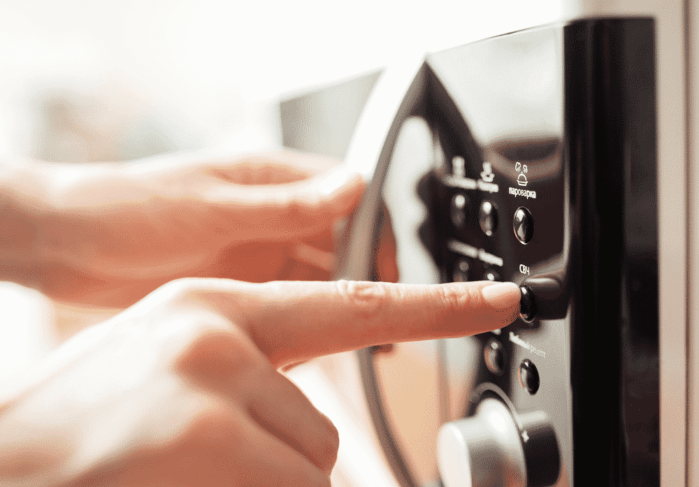

disconnect microwave
Operating a microwave day in and day out is one thing, but learning how to maintain this super useful kitchen appliance and pinpointing a microwave with signs of a failing unit are important Thus, know these facts about a microwave to maximize the life of your investments. Here are other microwave tidbits you might not be aware of:
The microwave was invented accidentally.
Microwave ovens were invented by accident in the 1940s. An engineer named Percy Spencer discovered his chocolate bar in his pocket had melted while building magnetrons for radar sets. He then tested popcorn, then an egg and built a prototype of this new invention.
No one wanted to buy the first commercially-released microwave.
Who would want to? The first microwave model was designed specifically for restaurant kitchens and other commercial use. And even if they were offered for domestic use, the microwave was pretty expensive (at $5,000 each or about $50k if adjusted for inflation) and weighed a massive 750 pounds, and measured 6 feet tall.
It took the inventor (and other microwave manufacturers like Tappan) a ton of trial and error to bring the cost and size down to what microwave we know today. About 30 years after the first model, 60% of American families owned a microwave. Today, this number is close to 100%.
Standing next to a microwave isn’t cancerous, but using the wrong container is.
Many people used to believe that standing next to a microwave while it operates could cause cancer. However, microwaves do not contain or create cancer-causing radiation. No radiation will “escape” into the air once you open the microwave door.
What can be more dangerous to your health is making a habit of putting plastics in the microwave since chemicals from the plastic could break down and leach into your food.
An Environmental Health Perspectives study in 2011 added that even if a container is advertised as “BPA-free,” it could still leach estrogenic chemicals that may lead to cancer.
Microwave ovens have a LOT of things in common with your wi-fi.
Microwaves and wifi routers operate at the same frequency (specifically using a 2.5 gigahertz frequency). This is the reason why your ISP provider may ask for the location of your router (and if it is located near a microwave) when you report some lagging or disruption from your connection.
Aside from your wi-fi, other similar devices that could share the same microwave frequency are your mobile phones, radios, cable TV, airplanes, satellite TV, remote controllers, and nearby cell towers.
You don’t lose nutrients in the microwave. Food might actually become healthier.
Many people believe that nutrients are lost when you heat food in the microwave. But experts note that nutrients actually don’t decrease while being heated or cooked. They do change, but surprisingly for the better since the process can make some food particles healthier.
For example, when you cook vegetables, the nutrients usually leach into the water and evaporate before you finish. Since microwaving uses much less water, the nutrients are actually preserved more than other cooking methods.
MYTH: Microwaves are bad for people with Pacemakers.
No, your pacemakers (the device used to regulate your heartbeat) won’t explode if you go near a running microwave.
This may be true in the earliest days of the microwave, but there are thousands of improvements and continuous standards manufacturers need to meet that have eradicated almost all the dangers surrounding microwave use in the past.
One of the most common ways to damage a microwave is to “cook empty.”
Many people learn the hard way that running the microwave while empty is the easiest way to damage their kitchen appliance. It could cause smoke or even start a fire.
The reasoning behind this is that something has to absorb the energy the magneton creates while the microwave operates.
Another common danger of microwaves is boiling water. While technically possible, boiled water also has the potential to explode on your hand and cause life-changing burns to your skin. Many people underestimate the heat since they just turned the microwave for under 10 minutes, but this device heats up water faster than other cooking methods.
Microwaves cannot heat oil, but heats water.
You can easily steam food in the microwave because it was designed to heat the water content of food very well. Once you run the microwave, it vibrates the molecules in water enough that it creates heat. Unfortunately, this doesn’t work the same with oil because oil has no water components so it will not produce heat the same way as water even if the microwave vibrates twice as much.
Did you learn something new from these microwave facts? Do you know other tidbits of info that could help other microwave lovers extend the lives of their device?
